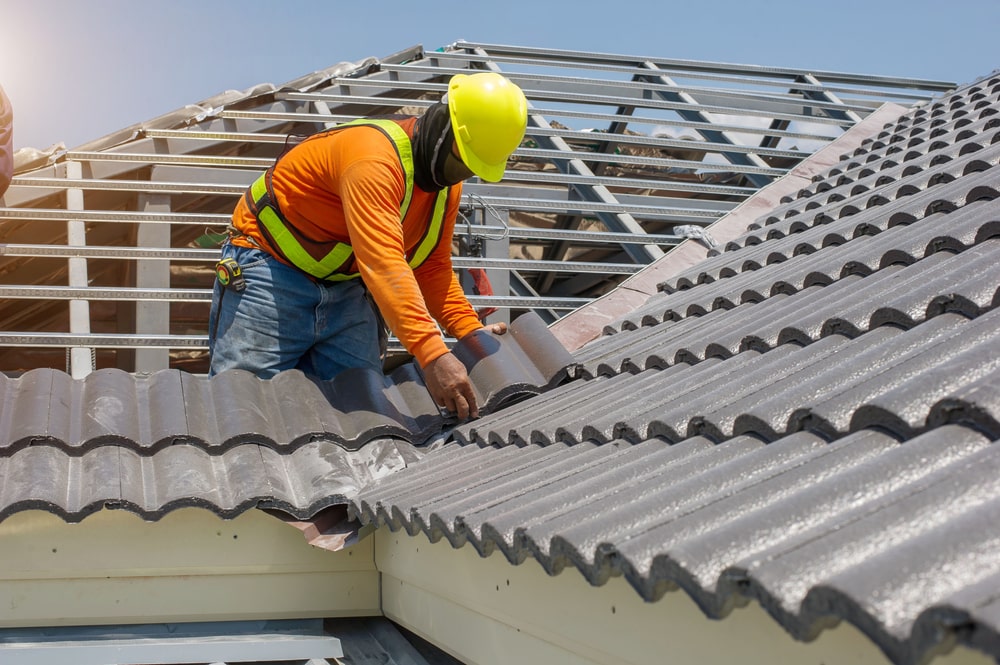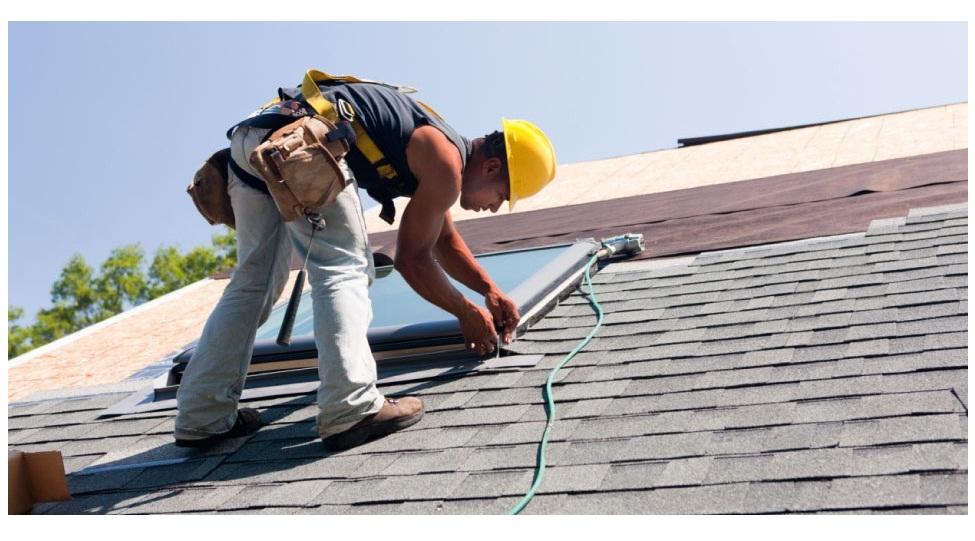A Comprehensive Guide to Effective Roofing Flat Roofing Installment
The complexities of flat roofing system installation need a meticulous approach, beginning with a thorough understanding of numerous level roof covering kinds and the essential materials required for optimum efficiency. An effective installment pivots not just on the choice of materials but additionally on the preparation and execution of each action involved in the procedure.
Understanding Apartment Roofing System Types
When considering level roofings, it is important to understand the numerous types offered, as each deals distinct benefits and downsides tailored to certain needs. The most common sorts of flat roofing systems include Built-Up Roof (BUR), Modified Asphalt, and Single-Ply membranes.
Built-Up Roof covering contains multiple layers of asphalt and crushed rock, offering excellent sturdiness and weather condition resistance. It is especially beneficial in locations vulnerable to extreme weather yet may need more maintenance as a result of its intricate construction.
Changed Asphalt is a prominent choice for its simplicity of installment and adaptability. It commonly uses a self-adhesive or torch-applied technique, which can be useful for fast repair services and long-lasting efficiency. Nevertheless, its life expectancy can be much shorter compared to BUR.
Single-Ply membrane layers, including Thermoplastic Olefin (TPO) and Ethylene Propylene Diene Monomer (EPDM), are recognized for their lightweight nature and power performance. These products are often preferred for commercial structures because of their cost-effectiveness and simplicity of installment (Cleveland Roofing Specialists). They might not provide the very same level of insulation as various other options.
Each roofing type requires careful consideration based upon environment, spending plan, and specific task requirements.
Essential Materials for Flat Roofing
A selection of essential products are crucial for the successful installation of flat roofing systems. The option of materials straight influences resilience, efficiency, and overall effectiveness.
One of the main products is the roof membrane, which can be built from different compounds such as thermoplastic polyolefin (TPO), ethylene propylene diene monomer (EPDM), or PVC. Each kind offers unique advantages, consisting of UV resistance and adaptability, which are essential for extended efficiency.
In enhancement to the membrane layer, insulation products play a substantial role in power effectiveness. Inflexible foam boards or polyisocyanurate insulation are popular options, as they offer excellent thermal resistance and moisture management.
Additionally, roof adhesives and sealers are important for ensuring a watertight installment. These products have to work with the chosen membrane to avoid wear and tear over time.
Preparing for Installment
Appropriate preparation is vital for an effective flat roof setup, as it lays the groundwork for a durable and efficient roof system. Begin by carrying out a comprehensive examination of the existing roofing structure.
Next, collect all needed devices and products, making sure that they meet market standards. This includes water resistant membrane layers, insulation, blinking, and fasteners. Familiarize on your own with the manufacturer's specs, as adherence to these guidelines is critical for service warranty objectives.
Take into consideration weather conditions; avoid installation during heavy rainfall or extreme temperature levels, which can influence product performance. By taking these primary steps, you can enhance the probability of an effective flat roofing installment that meets both architectural and aesthetic requirements.
Step-by-Step Installment Process
With the foundation established via thorough prep work, the following phase includes performing the flat roofing installation methodically. This action is crucial you can try this out for maintaining the roofing's integrity over time.
Complying with the vapor barrier setup, lay down insulation boards, guaranteeing they fit tightly together to lessen thermal bridging. Protect the insulation with suitable bolts based on the roof covering type and regional structure codes - Cleveland Roofing Specialists.
Make sure appropriate overlap at sides and joints to produce a leak-proof seal. Utilize adhesives, mechanical bolts, or warm welding as needed. Lastly, install blinking around boundaries, vents, and any type of roofing penetrations to enhance waterproofing. After installment, carry out a detailed evaluation to recognize any type of possible concerns before concluding the task, making sure a trustworthy and robust level roof system.
Upkeep Tips for Long Life
Normal upkeep is necessary to guarantee the longevity and efficiency of a flat roofing system. One of the key jobs is to conduct routine evaluations at the very least twice a year, preferably in spring and fall. During these inspections, try to find indications of wear, such as sores, cracks, or pooling water, which can show underlying problems.

Ensuring appropriate drainage is important to avoid water build-up. Examine and clear seamless gutters, downspouts, and scuppers to assure unblocked water flow. Furthermore, inspect seals around vents, skylights, and other penetrations for any indications of degeneration, using caulk or sealant as required to maintain a water tight obstacle.
Last but not least, think about specialist upkeep services every few years for extensive inspections and repairs. By adhering to these upkeep ideas, you can substantially expand the life of your flat roofing, guaranteeing it stays a dependable shield versus the components.
Conclusion
Effective flat roofing system installment demands an organized method including thorough evaluations, product choice, and precise prep work. Abiding by the detailed steps during the installation process makes certain the appropriate application of roof membrane layers and insulation while enhancing waterproofing through effective blinking installation. Executing routine maintenance techniques dramatically adds to the durability of the roof covering system. By following these standards, a resilient and trustworthy flat roof solution can be achieved, capable of enduring numerous ecological conditions.
The ins and outs of level roofing system installation demand a precise technique, starting with a detailed understanding of various flat roof covering kinds and the vital materials required for ideal efficiency.Correct prep work is crucial for a successful level roof setup, as it lays the groundwork for a reliable and durable roof covering system. After setup, conduct a detailed evaluation to identify any type of prospective issues before ending the project, guaranteeing a robust and dependable level roofing system.
